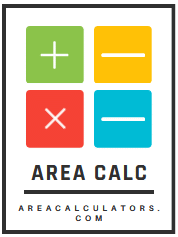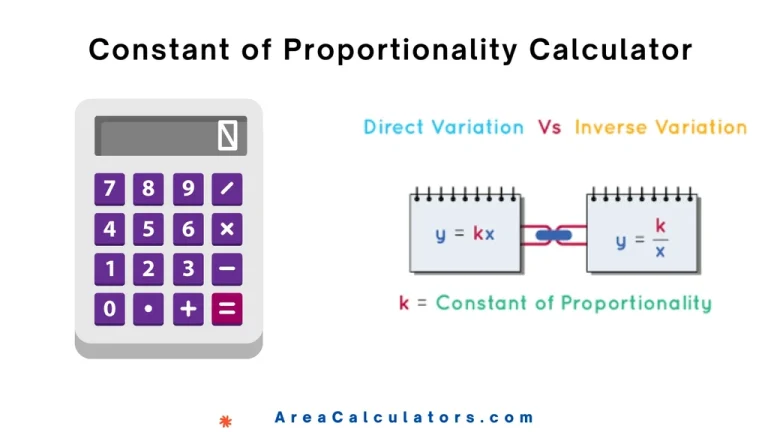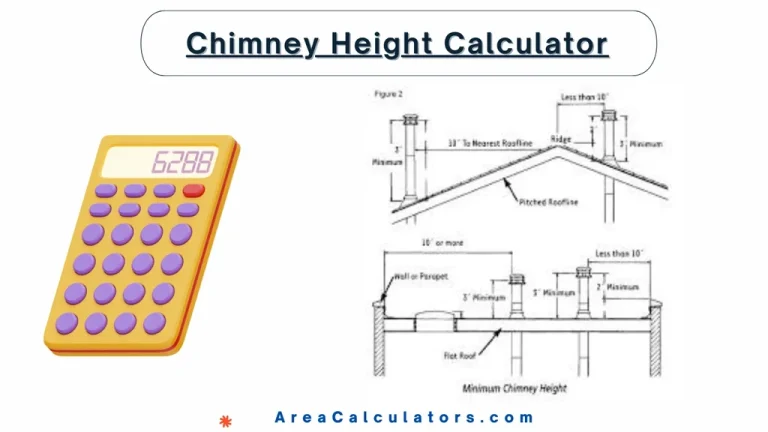Partial Pressure Calculator
To calculate partial pressure, multiply the total pressure by the mole fraction of the gas in the mixture.
The Partial Pressure Calculator allows you to find the individual pressure that is exerted by a gas in a mixture based on its mole fraction and the total pressure. To have the understanding of partial pressure is paramount in various scientific fields, such as chemistry and physics.
Because, it aids in finding out the behavior of gases in mixtures and their influence on reactions. It is equally important to mention that this calculation uses Dalton’s Law of Partial Pressures, which assumes that each gas in a mixture acts independently in terms of pressure.
Formula:
| Variable | Description |
|---|---|
| Partial Pressure of the gas | |
| Total Pressure of the gas mixture | |
| Mole Fraction | Mole fraction of the gas in the mixture |
Solved Calculations:
Example 1:
| Step | Calculation |
|---|---|
| Total Pressure (TP) | 100 atm |
| Mole Fraction | 0.25 |
| Partial Pressure (PP) | atm |
Answer: The partial pressure is 25 atm.
Example 2:
| Step | Calculation |
|---|---|
| Total Pressure (TP) | 80 atm |
| Mole Fraction | 0.50 |
| Partial Pressure (PP) | atm |
Answer: The partial pressure is 40 atm.
What is a Partial Pressure Calculator?
The Partial Pressure Calculator is a practical tool that has specifically been designed to calculate the individual pressure exerted by each gas in a mixture.
It has a prime utility in various fields that include chemistry, scuba diving, and physics. Notably, in these fields, it is of pivotal importance to understand the behavior of gas mixtures.
To use it, simply enter the total pressure and the mole fraction of each gas component in the mixture, and it will output each gas’s partial pressure based on Dalton’s Law of Partial Pressure.
Here, it is important to note that partial pressure calculations are key in scenarios like scuba diving, where it’s important to understand oxygen and nitrogen levels at varying depths.
Beyond that, it’s also widely used in labs and industrial applications for determining equilibrium states in chemical reactions. This tool supports conversions and calculations across various units, including mmHg, atm, and torr, to provide tailored results in different settings.
Final Words:
To put it in nutshell, the Partial Pressure Calculator simplifies complex gas law calculations, making it ideal for precise scientific applications in both academic and practical fields.





